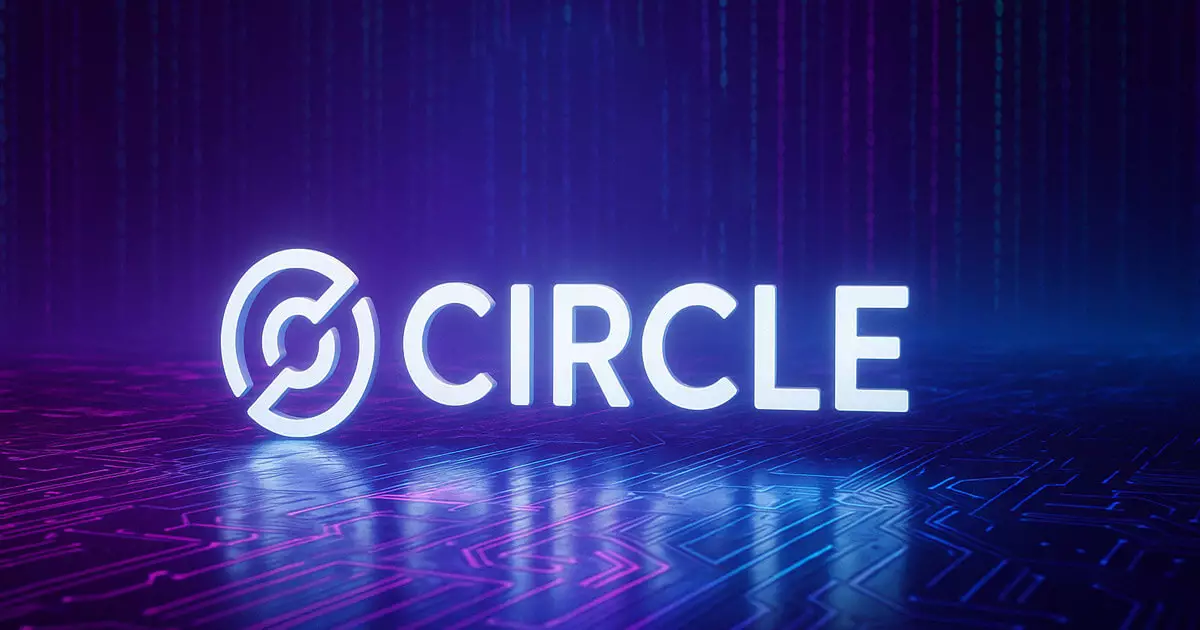On June 18, Circle’s CRCL shares soared by a staggering 34%, closing at $199.59. This eye-popping increase caused the stock to hit a historic high of $200.90, which translates to a remarkable rise of approximately 6.5 times its initial public offering price of $31 set just two weeks prior. This meteoric ascent isn’t just about inflated market sentiment; it is a profound indicator of changing dynamics in the cryptocurrency world, fueled by the passage of the the GENIUS Act.
Legislative Backing: A New Dawn for Stablecoins
The Senate’s recent approval of the Guiding and Establishing National Innovation for US Stablecoins (GENIUS) Act marks a pivotal moment for digital currencies. Emerging from a 51–23 vote, the legislation is poised to propel U.S. economic growth and maintain national competitiveness in the face of rapidly evolving global finance. CEO Jeremy Allaire of Circle declared, “history is being made,” capturing the gravity of the moment. However, while this may seem like a boon to many, the complexities of such legislation raise crucial questions about regulatory oversight and market implications.
Supporters of the GENIUS Act are clearly eager to install a solid framework around payment stablecoins. This Act is not just about fostering innovation; it imposes stringent requirements on issuers to maintain reserves equal to their outstanding tokens. While such mandates can help stabilize the market, they also risk stifling smaller firms that may struggle to comply with the capital needs outlined therein.
Market Reactions: A Ripple Effect
The vote’s aftermath has been explosive, with other companies in the crypto space reacting positively to the news. Notably, Coinbase’s COIN shares jumped by 14%, while Robinhood’s HOOD increased by 4.5% and reached its own all-time high. Equity traders are undoubtedly viewing the Senate’s vote as a harbinger of a promising future for the sector, leading to a surge in investor confidence.
However, it’s essential to scrutinize whether this optimism is based on concrete long-term fundamentals or merely the result of a knee-jerk reaction fueled by legislative enthusiasm. As the House Financial Services Committee prepares for discussions on the bill, the actual implementation remains a wild card. While the intention is to shepherd the stablecoin market into a more robust framework, potential pitfalls could hamper innovation and accessibility.
Broader Implications and Industry Landscape
Circle’s market cap has now exceeded $48 billion, establishing it as one of the year’s strongest performers on the New York Stock Exchange. As a major player issuing USDC, Circle is uniquely positioned to thrive under the new regulations. In contrast, smaller firms may be left grappling with unprecedented compliance demands.
Moreover, the GENIUS Act has implications beyond just Circle and other established companies; it indicates a shift in how digital currencies will be perceived moving forward. Will new entrants be able to find their footing in an increasingly regulated environment? The answer could define the future of the U.S. cryptocurrency landscape.
As the dialogue around digital currencies continues to expand, we must remain vigilant and critical of how regulatory frameworks may influence innovation—keeping an eye on both the promises and pitfalls that lie ahead.














